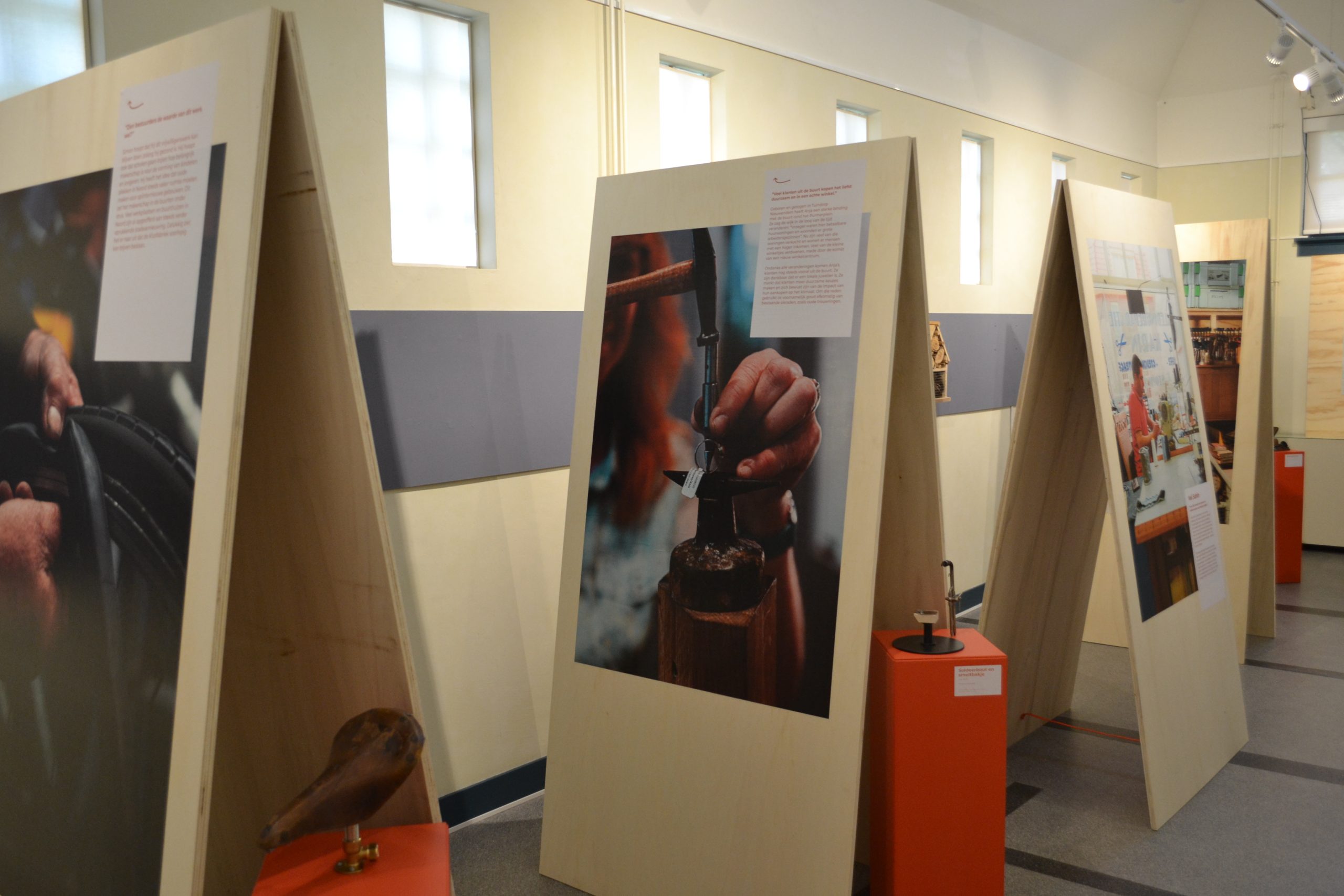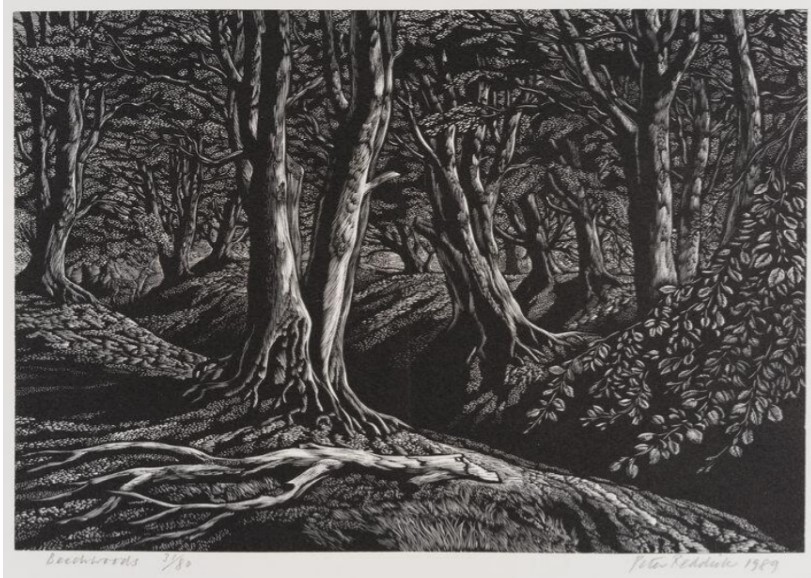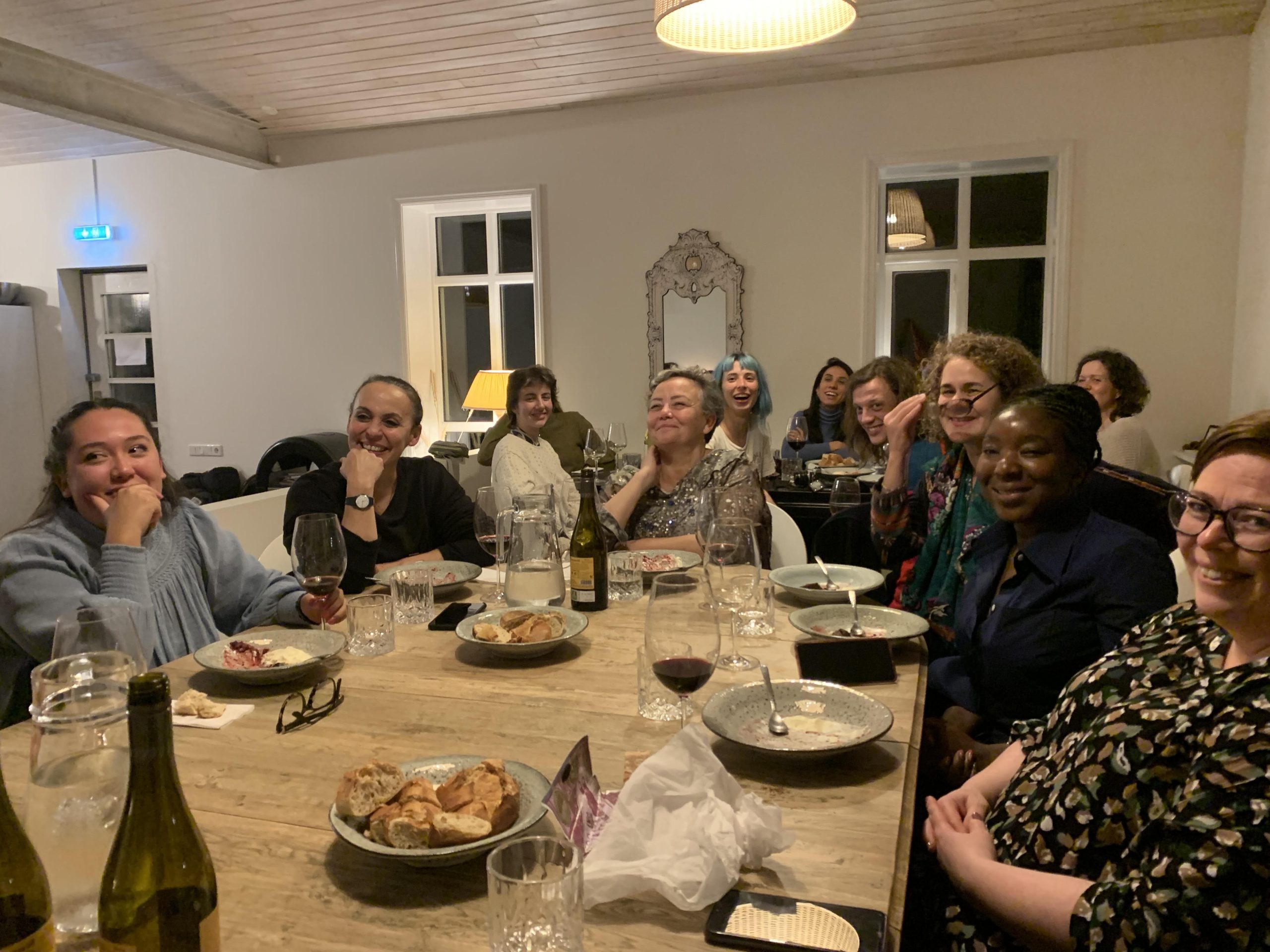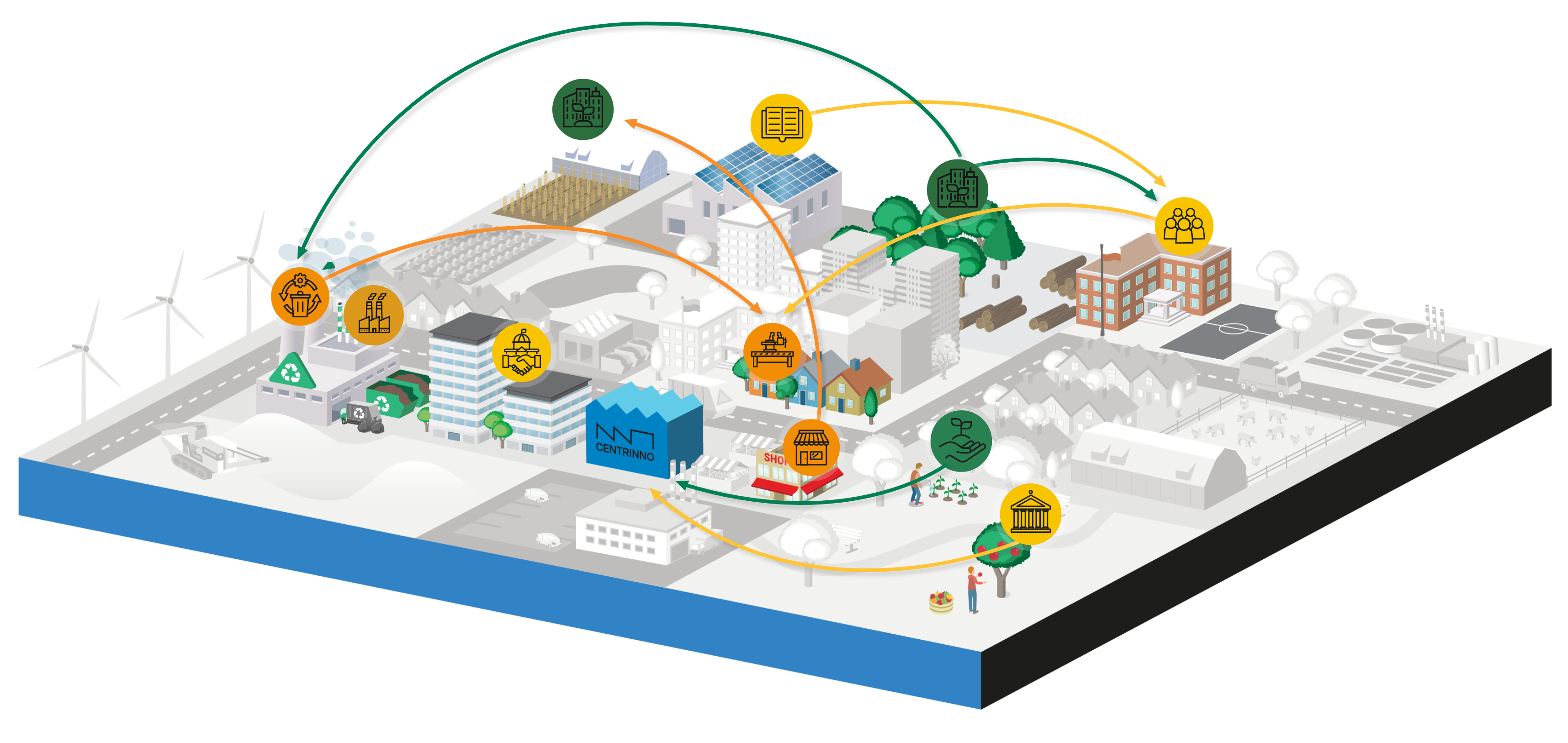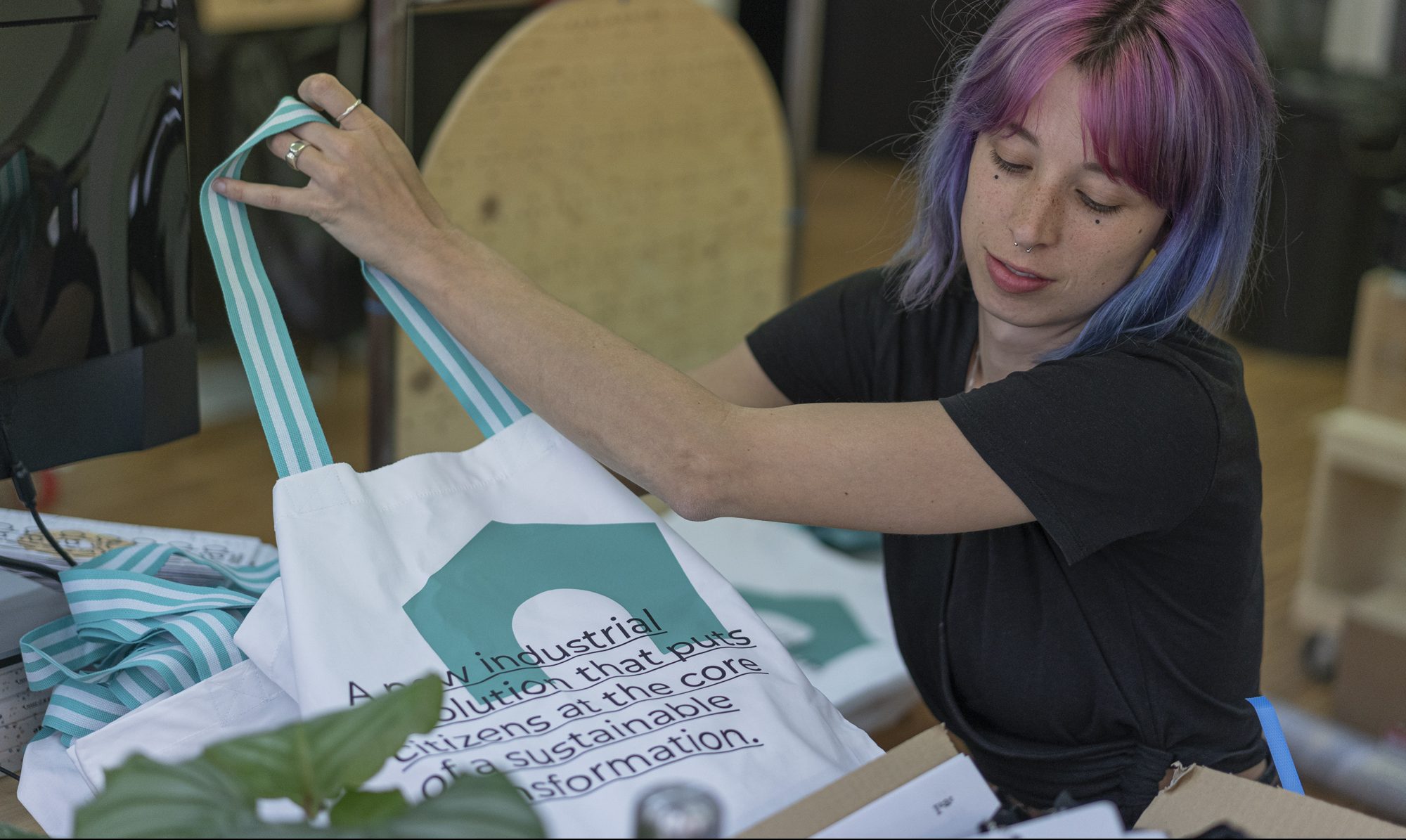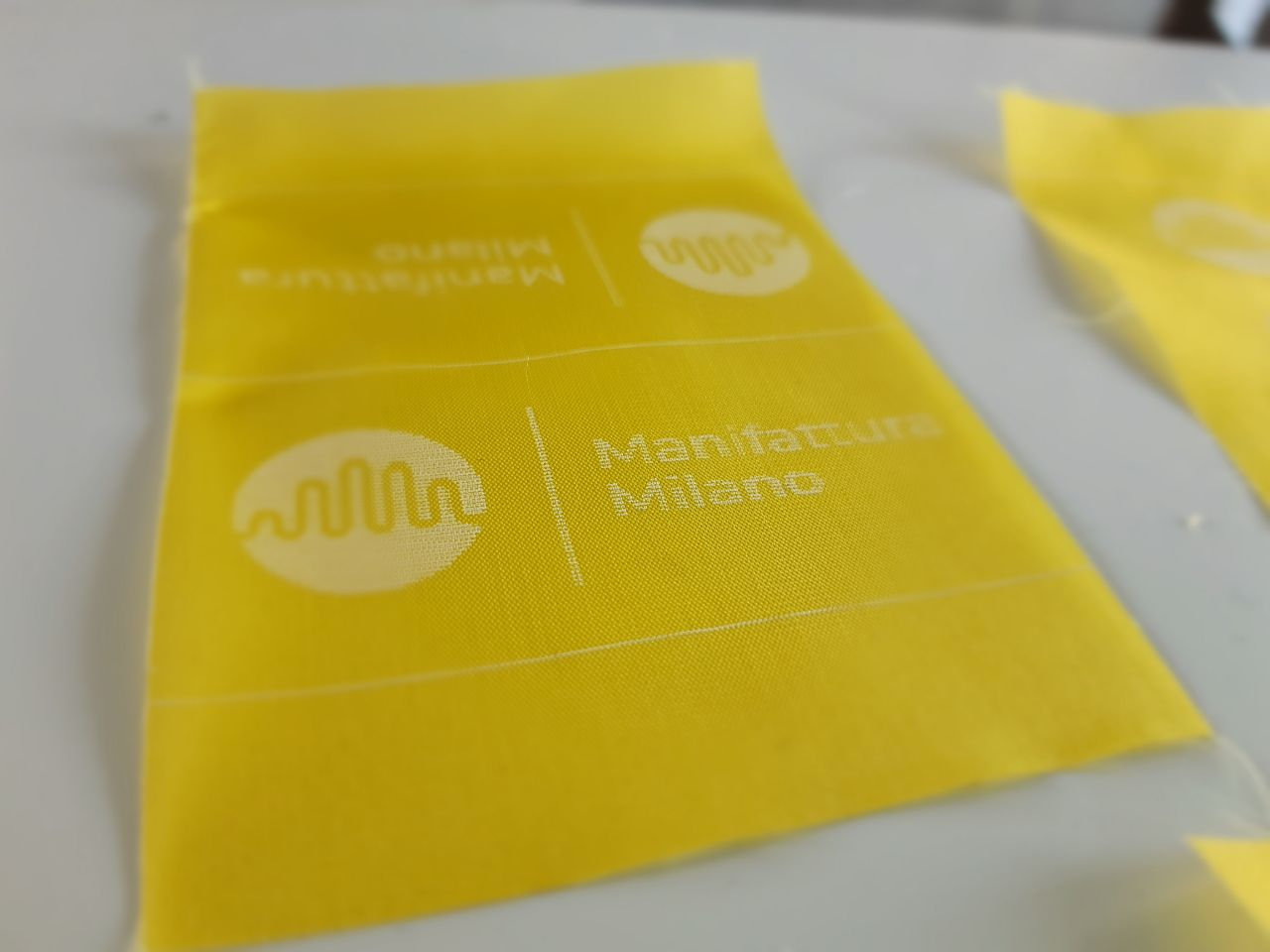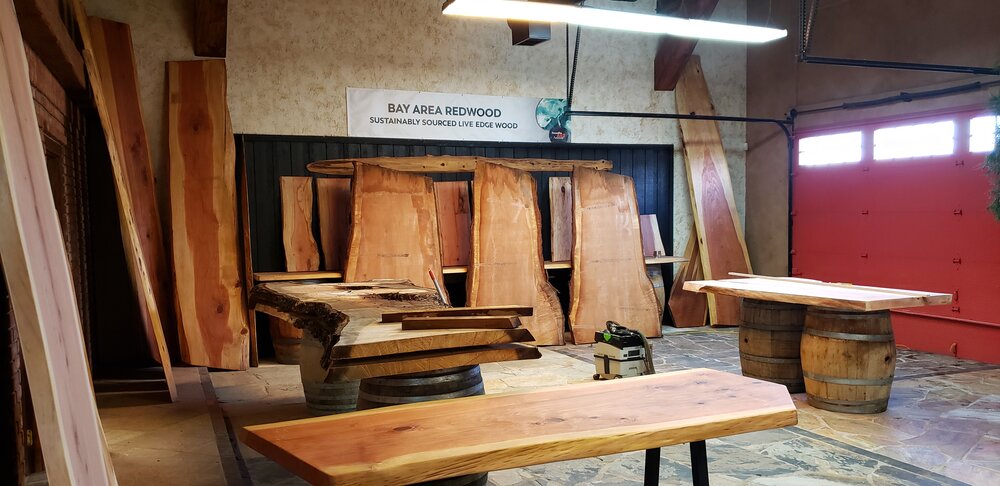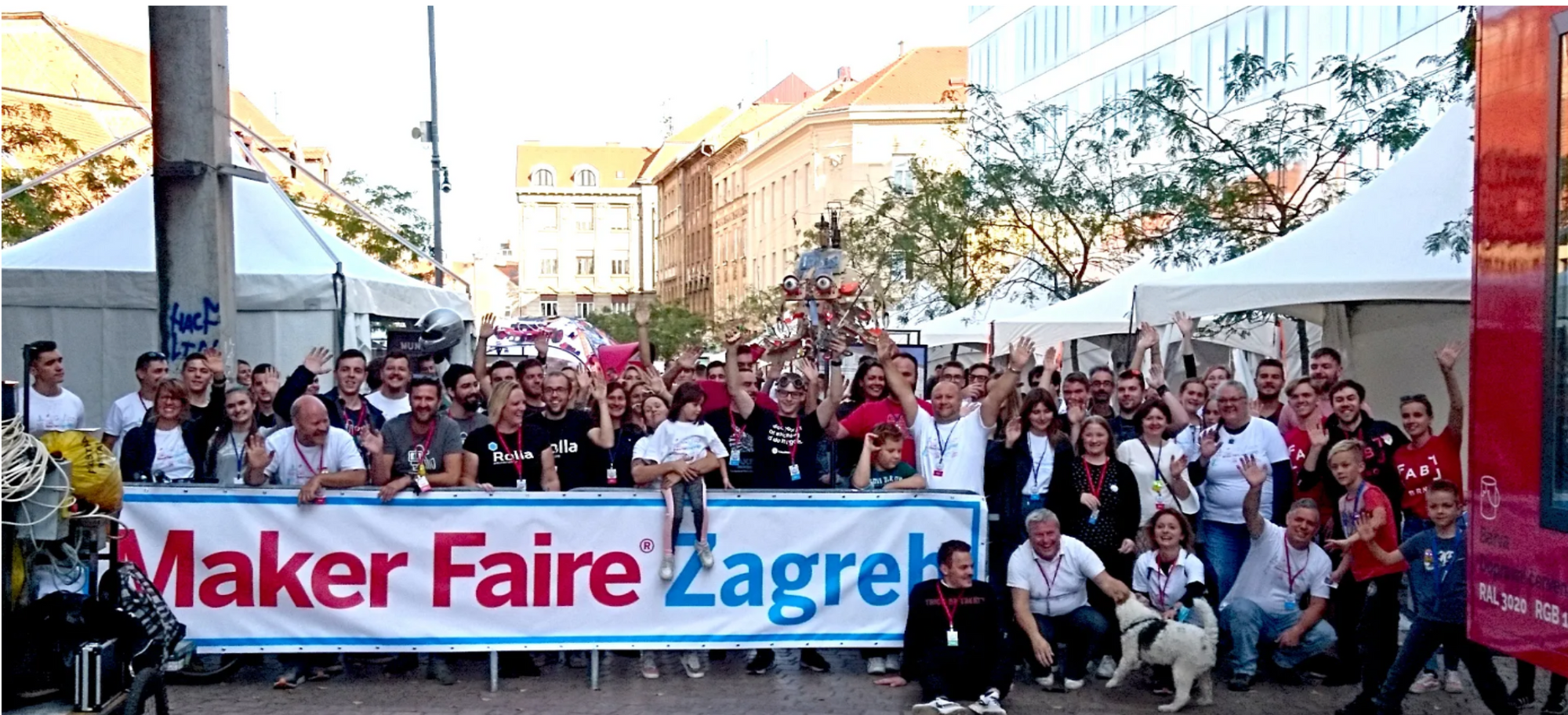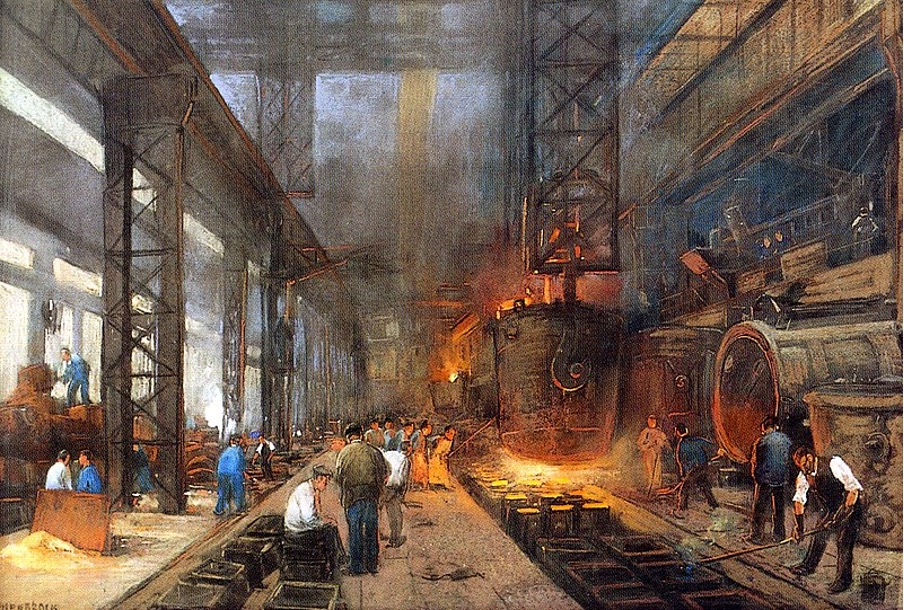BLOG
Mixed (Smoke) signals: Chimneys and Iconicity in Poblenou and CENTRINNO
Harry Reddick and Hester Dibbits
In CENTRINNO, we work with the heritage of the industrial era, taking stock of both the material traces of the past, as well as the immaterial aspects associated with them. Emotions, memories, and identification come bound up with the solidity of industrial structures, machines, and spaces. In this blog post, we dive into the iconography of the industrial chimney.
Smoky evidence
Within and beyond the CENTRINNO project, industrial sites are recognizable through certain iconic features: massive warehouses; elegant and alien-looking cranes situated against a skyline; the smudged brown-grey of amassed polluting fumes on exposed brickwork. The chimney however, arguably surpasses all of these in terms of iconicity, being a marker of industrial skylines. While these other iconic features can be relatively easily repurposed in their postindustrial manifestations, it is less easy to do this with a chimney. You cannot build an office space in a chimney, for example. So why do they remain part of the creative reuse and architectural redesign of industrial spaces? The answer may lie precisely in their iconic nature, but it is a complicated story. Chimneys most obviously represent an ongoing reminder of the environmental cost of industrial processes. They also serve as an entry point into a heritage discussion preoccupied with ethical questions of visibility and aesthetics, both historically and today. If chimneys are icons, what exactly does their visual presence signify? Thinking through chimneys as a representation of historical traces means first thinking incrementally, and practically about the process of fume transmission that chimneys perform.
Broadly, chimneys facilitate the movement of smoke from within a built structure into the open air outside the chimney. This occurs because the hot air going up the chimney is warmer than the colder air in the space where the hot air is produced. Generally this occurs through a process of combustion, in which raw materials are burnt in order to produce energy, thus causing the release of smoke. A factory with a furnace would be a classic example of this process, which is likewise often characterised by very tall chimneys, also known as ‘smokestacks’. This means that the polluted hot air which emerges from them is both more dispersed in cleaner air, and less close to the population inhabiting the cityscape below. Smoke, however, is the end point of a much longer process. A visual representation of the toxicity produced by combustion processes (which for our purposes can be considered in their large-scale, industrial form), smoke is also a visualisation of the labour that goes into industrial processes of manufacture. For the workers feeding the furnaces, smoke represents the toxicity of the work environment to which they were continually exposed, a kind of labour that can in itself be considered as toxic work. Given the critical approach that we take towards heritage within the CENTRINNO project, it would be remiss not to consider these toxic legacies as part of the heritage of the industrial era, and the myriad ways in which they can manifest.
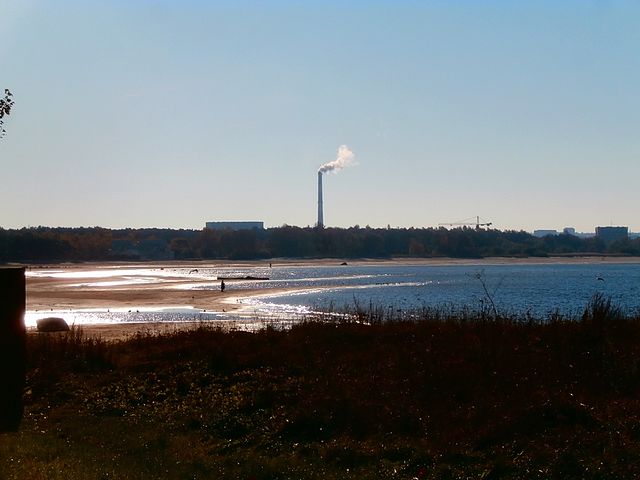
Fig. 1 – Chimney over Kopli Bay, Tallinn
Image credit: Pjotr Mahhonin, Wikicommons
At a fundamental level, the damaging changes in the global climate are signified by the dispersal of greenhouse gases such as CO2 and methane in the earth’s atmosphere, with a change in the molecular composition of the atmosphere trapping heat from being released back from the earth’s surface [1]. These molecular signifiers however, are not only present atmospherically, but can also be present within the bodies of the workers themselves, tying the damaging effects of industrial action not only to climate, but to the internal anatomy of labourers. Toxicity should thus be considered an industrial inheritance that operates on both a micro- and a macro- scale. The smoke of a chimney, then, can be (though it is frequently not) read as a powerful signifier of the damaging toxicity of industrial processes, an aesthetic feature bringing the abuse of both labourers and the earth’s atmosphere into sharp relief. But is this what a chimney itself signifies? When the smokestack is left standing after the process of deindustrialisation empties the factories, it is generally preserved as some kind of emblem of the industrial era. Following the logic we have pursued thus far, it should therefore be recognised for its toxic and destructive qualities. By looking at some chimneys found within the CENTRINNO project’s remit, we can see that this is frequently not the case.
Chimneys in Poblenou
Take Poblenou, Barcelona’s industrial district sometimes described as the ‘Catalan Manchester’ for its long history of industrial production. A key part of the relationship the district has with the process of deindustrialisation is to be found in its total revitalisation of the former industrial spaces in preparation for the 1992 Olympic Games. The former alcohol distillery known as Can Folch, located in the former Icària district now known as Vila Olímpica, serves as totemic for this spatial destabilisation. As a Barcelona tourism website describes, ‘only the chimney at Can Folch survives…[as] one of Barcelona’s most iconic industrial landmarks and a historic example of the area’s industrial past’ [2]. Such phrasing provokes further questions. To what extent does this ‘iconic’ structure really represent ‘the area’s industrial past’? Certainly, people’s gazes are easily drawn to chimneys: calling them iconic, in the context of the aesthetic of industrial remains, is reasonable. But what is the purpose of industrial aesthetics in an area completely redeveloped for the purposes of a one-time sporting event geared not towards locality, but towards an ephemeral period of visitation by external visitors and tourists? And what, most pertinently for our purposes as CENTRINNO researchers, does this say about the way in which an anachronistic past is deemed acceptable to continue existing – in some way – in the present?
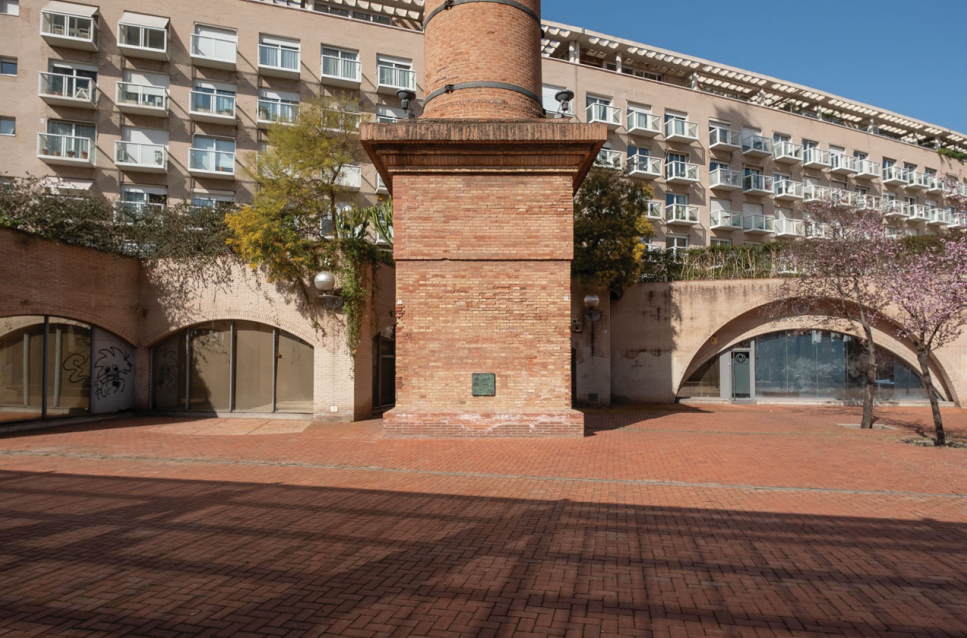
Fig. 2 – Can Folch Factory Chimney in Poblenou (Image credit: Brian Rosa)
A superb journal article by urban geographer and photographer Brian Rosa explores the contours of this architectural and historical transformation. Describing Poblenou’s smokestacks as emblematic of a form of ‘Deindustrialization [that] has neither a spatial or temporal endpoint’, Rosa demonstrates that the use of chimneys as an urban development tool leveraged towards generating capital sourced from tourism precludes the historical users and inhabitants of the area from benefiting from these economic gains [3, p.230]. Pointing out that ‘Hundreds of residents and businesses were forced to relocate’ as a result of the demolition of the former factory, the chimney doesn’t stand as a monument to the industrialised past, with all of the complexities of its socioeconomic context, of dirty hands and insecure pay [3, p.235]. Rather, it engenders the risk of Poblenou’s inhabitants becoming trapped between the industrial past and a deindustrialised future, undermined by what is absent, and alienated by what is present. Landscape architecture and urban design’s capacity to shape the political meaning and function of space is illustrated by the slogan of the architect who initiated the demolition of Poblenou’s various industrial areas: ‘cleanse the center and monumentalize the periphery’ [3, p. 239]. By pushing the associations with labour to the outskirts of the city, and monumentalising the industrial in a decontextualised, selective fashion, chimneys essentially function here as ‘rhetorical devices, signaling the city’s disregard for its industrial past’ (emphasis added) [3, p.238] [5]. Absent are the toxic legacies, the polluted atmosphere and the corrupted lungs. Chimneys thus become objects through which the visibility – or lack thereof – of power structures, environmental degradation, and gentrification can be explored.
New ‘new centralities’
It is worth noting that the aforementioned architect behind Poblenou’s transformation encouraged the creation of ‘new centralities’ for the district [5]. The term ‘new centralities’ is a familiar one in the CENTRINNO project, as it forms part of the acronym making up the project’s name [6]. A similarity in wording however, does not equal a similar outcome. Using the approach of CENTRINNO implies a more critical methodology for the construction of new centralised areas of production, that are more ethically and environmentally sound than the 1990s reconstruction of (and subsequent disidentification with) the Poblenou neighbourhood. The Poblenou example provides insights as to how an engagement with the material remains of the industrial past engages likewise with politics, collective memory, and identity. From this perspective, we can locate for the reader some departure points for further exploration. How might material traces from the past in the environment that you inhabit be understood differently when considering them through their aesthetics – and what remains absent from such aesthetics? Which communities do these materials connect to, in the manner that Poblenou’s industrial community relates to the chimneys of Can Folch and beyond? What emotions characterise these relationships? What policies from developers affect – in whichever way – such a relationship? What, in short, is found behind, beyond, or beneath the material, and the icon? In CENTRINNO we dig deeply, down through the grit, soot and steel that communicates the industrial past to us, in order to pose questions about the present. Keeping this mode of investigation in mind when you engage with your surroundings means that you too can ask the necessary questions of your own urban or industrial environment.
References
[1] National Grid Group, ‘What are greenhouse gases?’, National Grid, 23rd February 2023, https://www.nationalgrid.com/stories/energy-explained/what-are-greenhouse-gases
[2] Unknown author, ‘Can Folch’, visitBarcelona, unknown date, https://www.barcelonaturisme.com/wv3/en/page/4261/.html
[3] Brian Rosa, ‘Deindustrialisation without End: Smokestacks as Postindustrial Monuments’, GeoHumanities: Space, Place and the Humanities, vol. 9, no.1, (2023), 230.
[4] Rosa is here citing: M. Tatjer Mir, ‘De les xemeneies als conjunts industrials [From chimneys to industrial complexes]’, L’Avenc¸ vol. 288 no. 37 (2004), 44.
[5] O. Bohigas, ‘Reconstruccio de Barcelona [Reconstruction of Barcelona]’, Barcelona: Llibres a l’Abast, (1985).
[6] https://cordis.europa.eu/project/id/869595













